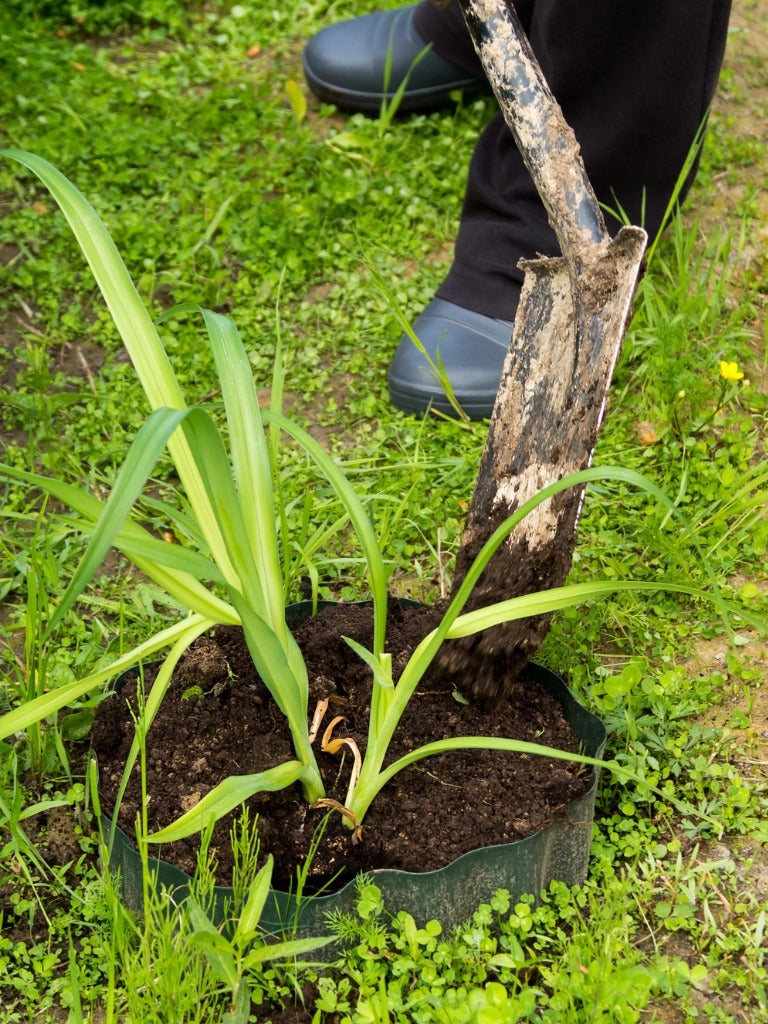How To Transplant Daylilies: Learn About Moving Daylilies In The Garden

Daylilies are one of the hardiest, easy-care and showiest of perennials. While they are not finicky about, well pretty much anything, they do grow into large clumps and like to be divided every three to five years for optimal blooming. Moving and transplanting daylilies takes a little finesse. The following information on how and when to transplant daylilies will have you an old pro at dividing and moving daylilies in no time.
When to Transplant Daylilies
The most ideal time to transplant daylily roots is after the final bloom in the summer. That said, being the totally easy-to-please perennial that they are, they can be divided up until the end of autumn, which will still give them plenty of time to establish in the ground to create gorgeous blooms next year.
But wait, there’s more. Transplanting daylilies can even take place in the spring. The divided clump will still bloom that year as if nothing ever happened. Really, if you feel like moving the daylilies at pretty much any time of the year, these resilient troopers will reliably return.
How to Transplant Daylilies
Prior to moving the daylilies, remove half of the green foliage. Then dig around the plant and carefully hoist it from the ground. Shake off some of the loose dirt from the roots and then spray them with hose to remove the remainder.
Now that you can clearly see the roots, it’s time to separate the clump. Wiggle the plants back and forth to separate individual fans. Each fan is a plant that is complete with foliage, a crown and roots. If the fans are hard to separate, go ahead and cut into the crown with a knife until they can be pulled apart.
You can allow the fans to dry in the full sun for a few days, which may prevent crown rot, or plant them immediately.
Dig a hole two times as wide as the roots and a foot (30 cm.) or so deep. In the center of the hole, pile dirt up to make a mound and put the plant atop the mound with the foliage end up. Spread the roots out to the bottom of the hole and fill back in with soil so the crown of the plant is at the top of the hole. Water the plants in well.
Sign up for the Gardening Know How newsletter today and receive a free copy of our e-book "How to Grow Delicious Tomatoes".
That’s about it. The reliable blooms will return year after year, even if you don’t divide them. For the happiest, healthiest daylilies, however, plan to divide and transplant every 3-5 years to prevent them from overcrowding.

Amy Grant has been gardening for 30 years and writing for 15. A professional chef and caterer, Amy's area of expertise is culinary gardening.
